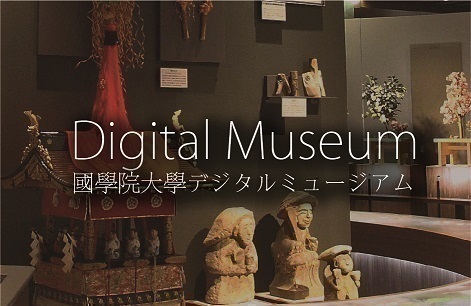- トップ
- Encyclopedia of Shinto
- Hatsuho
Encyclopedia of Shinto
| Main Menu: | |
| Links: |
詳細表示 (Complete Article)
| カテゴリー1: | 4. Jinja (Shrines) |
|---|---|
| カテゴリー2: | Offerings and Talismans |
| Title | Hatsuho |
| Text | Literally, "first rice ears 初穂." Namely, rice offered to kami as the "first fruits" of the autumn harvest. Also found written 早穂 and 先穂. Originally hatsuho referred to ears of plucked (cut) rice, tied in bunches and hung up as an offering. At the Grand Shrines of Ise, a ritual cutting of rice ears (nukihosai) is performed in preparation for the festival of Kannamesai. This is thought to be the original form of hatsuho. Rites celebrating the cutting of rice stalks are observed at other shrines as well, and folk rites of hanging up rice ears are observed in many areas in advance of the regular harvest festival. Although hatsu means "first" and ho means "rice ears," later usage expanded the meaning of the term beyond grains to include the first harvest of other items, such as vegetables, fish, or meat, and in time, even monetary offerings offered in place of bundles of rice stalks. Likewise, rather than presenting bundles of rice stalks, it became customary to present loose grains of rice, either scattered (called sanmai), or wrapped in pieces of white paper as ohineri. Further, processed forms of the foods also came to be included, such as rice flour, round rice crackers (shitogi), as well as processed forms including steamed rice and rice cakes. The word is based on the annual cycle of agricultural rites, but there are also examples of the term being used to refer to the first offering of the day made to a kami. The rite also developed into the common practice of giving neighbors and friends gifts of the "first produce" (hatsumono) of the season. — Saitō Michiko |




